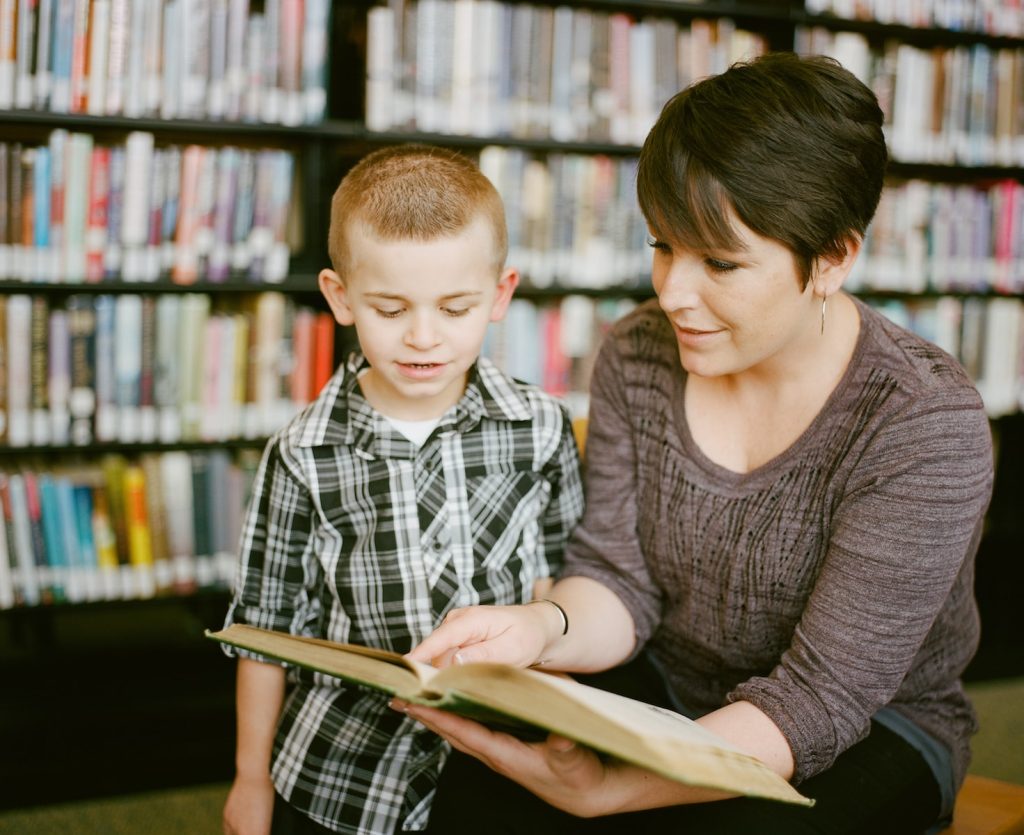Our kids are growing up in a world that is filled with stress. From school pressure to social media worries, there’s plenty of it out there. But as it turns out, children might be more resilient than we thought! So let’s give them some tools to help manage their stress and live happy, healthy lives.
How to identify and handle stress
It’s important for kids to learn how to identify and handle stress in their lives. Here are some tips to help them do just that:
1. Help them understand what stress is. Kids need to know that stress is a normal bodily response to feeling overwhelmed or threatened. It’s the body’s way of getting ready to fight or flee from a perceived danger.
2. Teach them how to identify stress in their bodies. Kids can learn to recognize when they’re feeling stressed by paying attention to physical cues like a racing heart, tight muscles, or an upset stomach.
3. Help them find healthy ways to deal with stress. Once they’ve identified that they’re feeling stressed, it’s important to help them find healthy coping mechanisms. This might include things like deep breathing exercises, journaling, or spending time outside in nature.
4. Encourage them to talk about their stressors. It can be helpful for kids to talk about the things that are causing them stress. This can help them process their feelings and come up with solutions for dealing with the source of their stress.
5. Model healthy ways of dealing with stress yourself. As a parent, you can model healthy ways of dealing with stress for your kids by being open about your own stresses and how you’re managing them in a positive way
Ways to reduce stress
1. Recognize stressors: The first step to reducing stress is to identify what causes stress in your life. Once you know what your triggers are, you can start to take steps to avoid them or manage them better.
2. Develop a support network: Surround yourself with people who make you feel good and who will support you during difficult times. These people can provide emotional stability and be a sounding board when you need to vent.
3. Make time for yourself: It’s important to schedule time for activities that make you happy and help you relax. Whether it’s reading, taking a yoga class, or going for walks in nature, find time each day or week to do something just for yourself.
What can happen if they don’t learn how to manage stress
If children don’t learn how to manage stress, they may suffer from anxiety or depression. They may also have difficulty sleeping, focus at school, or be more prone to accidents.
The benefits of calming techniques
There are many benefits to teaching kids calming techniques. For one, it can help them to better understand and cope with their emotions. It can also help to improve their concentration and focus, as well as reduce stress and anxiety levels.
Calming techniques can also be a great way for kids to unwind and relax after a long day. They can help to promote better sleep habits, and overall provide a sense of calm and wellbeing.
Teaching kids how to manage stress early on in life can set them up for success later on down the road. It’s important to start off slow and gradually introduce more complex techniques as they get older. But most importantly, it’s important to make sure that they’re having fun while doing it!
How to get more sleep
It’s no secret that kids can be stressed out. Juggling school, extracurricular activities, and social lives can be a lot for anyone to handle, let alone a child. As a parent, it’s important to teach your kids about stress and how to manage it in a healthy way. One of the best ways to do this is by helping them get more sleep.
Getting enough sleep is essential for managing stress levels. When we’re tired, we’re more likely to feel overwhelmed and stressed out. But when we’re well-rested, we’re better able to cope with whatever comes our way.
There are a few things you can do to help your child get more sleep:
1. Set a bedtime and stick to it. A regular bedtime routine will help signal to your child’s body that it’s time to wind down for the night.
2. Avoid screen time before bed. The blue light from screens can interfere with our bodies’ natural sleep cycles. So put away the phones, tablets, and TVs at least an hour before bedtime.
3. Create a relaxing environment. A calm bedroom will help your child relax and fall asleep more easily. Make sure the room is dark and quiet, and consider investing in a white noise machine if needed.
4. Encourage relaxation techniques. Help your child learn some simple relaxation techniques like deep breathing or progressive muscle relaxation. These can be helpful in reducing stress
When is it too much? And what are the consequences?
It’s important to teach your kids about stress and how to manage it, but you also need to be aware of when stress is becoming too much. Signs that your child is experiencing too much stress include:
- irritability or moodiness
- acting out or withdrawing
- difficulty concentrating or completing tasks
- changes in eating or sleeping habits
- physical complaints like headaches or stomachaches
If your child is exhibiting any of these signs, it’s important to take action. Talk to your child about what’s going on and help them find ways to cope with their stress. If the problem persists, you may need to seek professional help.
Left unchecked, stress can lead to serious problems like anxiety, depression, and even physical illness. So it’s important to be proactive in teaching your kids about managing stress.
Mental illness and the stigma that surrounds it
Mental illness and the stigma that surrounds it is a topic that is often left out of discussions about stress. This is likely because mental illness can be seen as taboo, and discussing it openly can be seen as controversial.
Despite this, it’s important to remember that mental illness is a real and serious issue that can affect anyone, no matter how old they are. In fact, according to the National Institute of Mental Health, one in five adults in the United States experiences some form of mental illness each year.
There are many different types of mental illnesses, and they can all vary in severity. Some common examples include anxiety disorders, depression, bipolar disorder, and schizophrenia.
Mental illness can be caused by a variety of factors, including genetics, trauma, or even stress. It’s important to remember that if you or someone you know is struggling with a mental illness, it’s not their fault and they are not alone.
One of the most important things you can do for someone with a mental illness is to support them. This includes offering them understanding and patience, being there for them when they need you, and respecting their privacy when they want to talk about their experiences.
If you think someone you know may be struggling with a mental illness, don’t be afraid to reach out to them or offer your support. Remember, we all have Mental Health Matters.
What mental illnesses do children have?
Mental illnesses are more common in children than many people realize. According to the National Institute of Mental Health, about 1 in 5 children aged 3-17 have a diagnosable mental illness. The most common mental illnesses in children are anxiety disorders, depression, and attention deficit hyperactivity disorder (ADHD).
Anxiety disorders are characterized by persistent and excessive fear or worry. Children with anxiety may avoid activities or situations that make them feel anxious, and may experience physical symptoms such as a racing heart or trouble sleeping.
Depression is more than just feeling sad or “blue” for a few days. It is a serious condition that can interfere with a child’s ability to function at home, school, and with friends. Symptoms of depression include feeling persistently sad or “empty,” irritability, anger, loss of interest in previously enjoyed activities, sleep problems, and changes in appetite.
ADHD is one of the most commonly diagnosed mental disorders in children. It is characterized by problems with focus, impulsivity, and activity level. Children with ADHD may have trouble paying attention in class, completing homework assignments, or following rules at home and school. They may also be easily distracted and seem always “on the go.”







